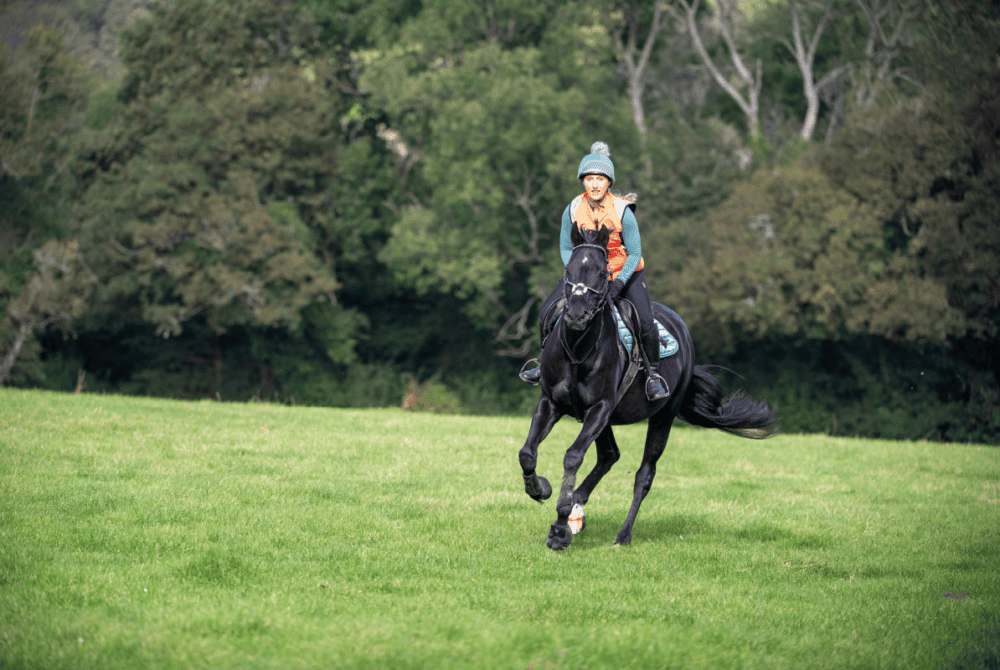On the level
Posted 13th March 2024
Nutritionist Joanna Palmer looks at ways to feed a diet low in starch and sugar without compromising on nutrition

It’s well recognised that what we feed our horses can have a significant impact on both their behaviour and their health, and this is especially true when it comes to the amount of starch and sugar in their diets. Trying to balance the levels of these is an art as much as a science and requires not only the right kind of feed fed in the correct amounts, but also appropriate management.
Instant energy
In a nutshell, starches and sugars are non-structural carbohydrates (NSCs). They’re broken down in the small intestine to become glucose, itself a simple sugar that can be used to provide instant energy. If not immediately needed for movement, this energy can also be stored in the liver and muscles as glycogen, which then can be converted back to glucose when energy is required.
This digestion process of the NSCs causes blood sugar levels to rise, with the horse then producing insulin, secreted from the pancreas, to bring the levels back to normal. The higher a diet is in NSCs, the larger the peak in blood sugar, which, in turn, increases the health risk to horses with metabolic issues, or the likelihood of seeing unwanted behaviours in horses prone to them – think of it as being like a sugar rush after too many sweets.
Nevertheless, while some horses and ponies need to avoid diets high in starch and sugar, it’s important to remember that these carbohydrates are required for normal bodily function, so some level of them must be fed in order to maintain good health.
Did you know?
Glucose is the only energy source that can be used by the brain, and as it’s essential for normal functioning, it must not be eliminated from the diet.
Top tip
To ensure you meet his nutritional requirements, always feed according to your horse’s individual needs, taking into account his size and workload when determining how much to feed.
Finding the sweet spot
Starch and sugar are found in every feedstuff, including grass and hay. In small quantities, they’re not bad for horses, but consuming high quantities or too much in one meal can cause a host of potential issues.
Some bucket feeds contain more starch and sugar than others, depending on the ingredients. For example, cereals such as barley, oats and maize are particularly high in starch and tend to be used in performance feeds, where the main aim of feeding is to supply large amounts of instant energy.
Similarly, sugar is present in every feed ingredient, but some feeds are manufactured with additional products such as molasses and cereal syrups. These may be used to bind ingredients or improve palatability, but they increase the overall sugar content, so feeds without these ingredients will be better suited to horses who need a low-sugar diet.
Remember that your horse will consume a lot of sugar from the forage portion of his diet, especially if you have good grazing and it’s not restricted. This is especially true for ponies, and research has shown they will happily consume up to 5% of their bodyweight (dry matter) per day, which equates to a huge 12.5kg for a 250kg pony.
Discover more about the effects of starch and sugar on horses in April Horse&Rider – out now!











